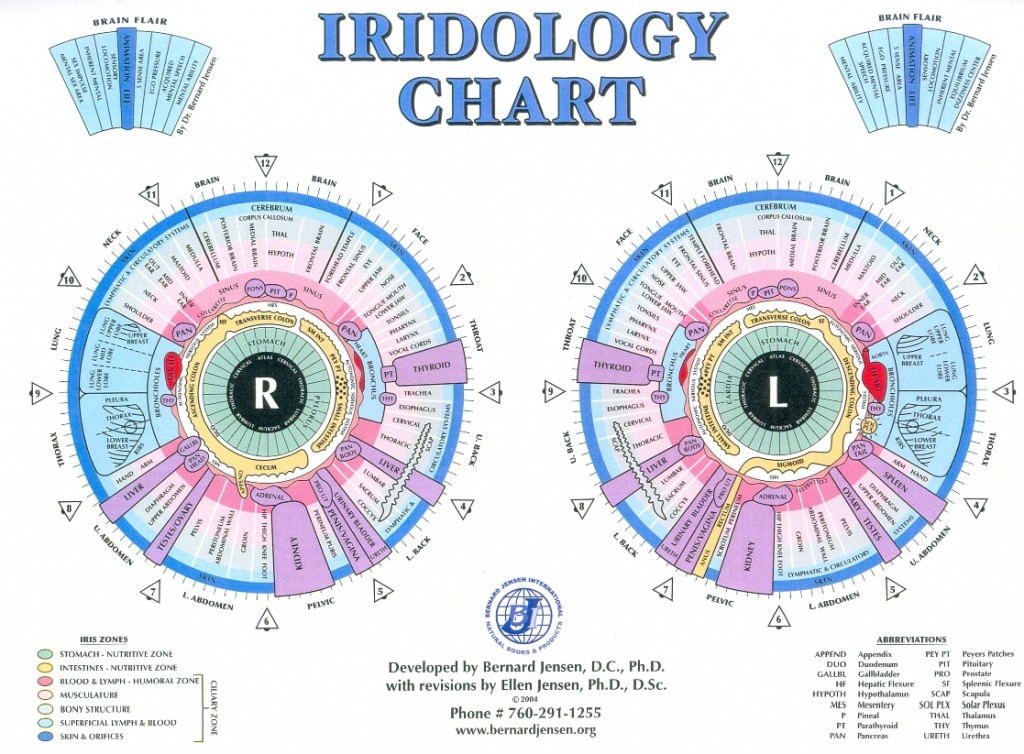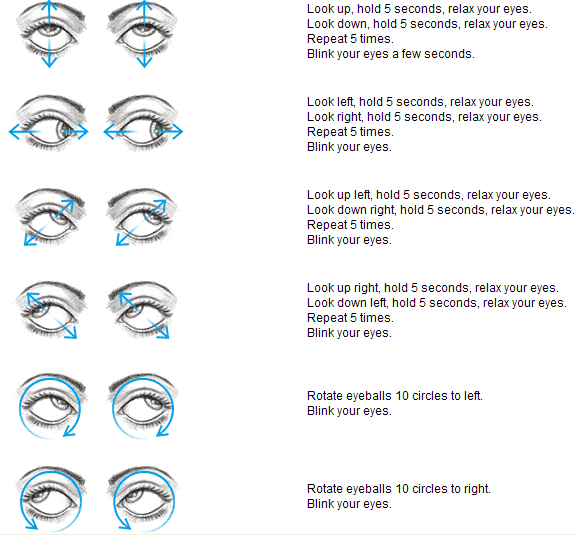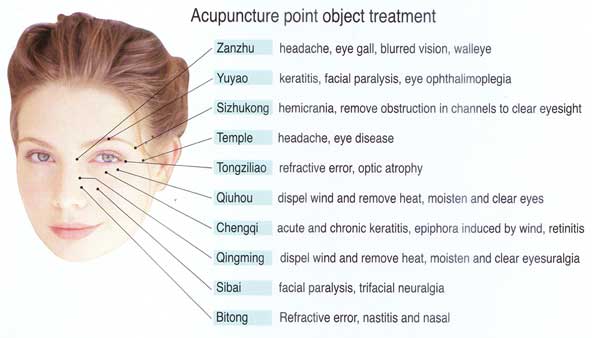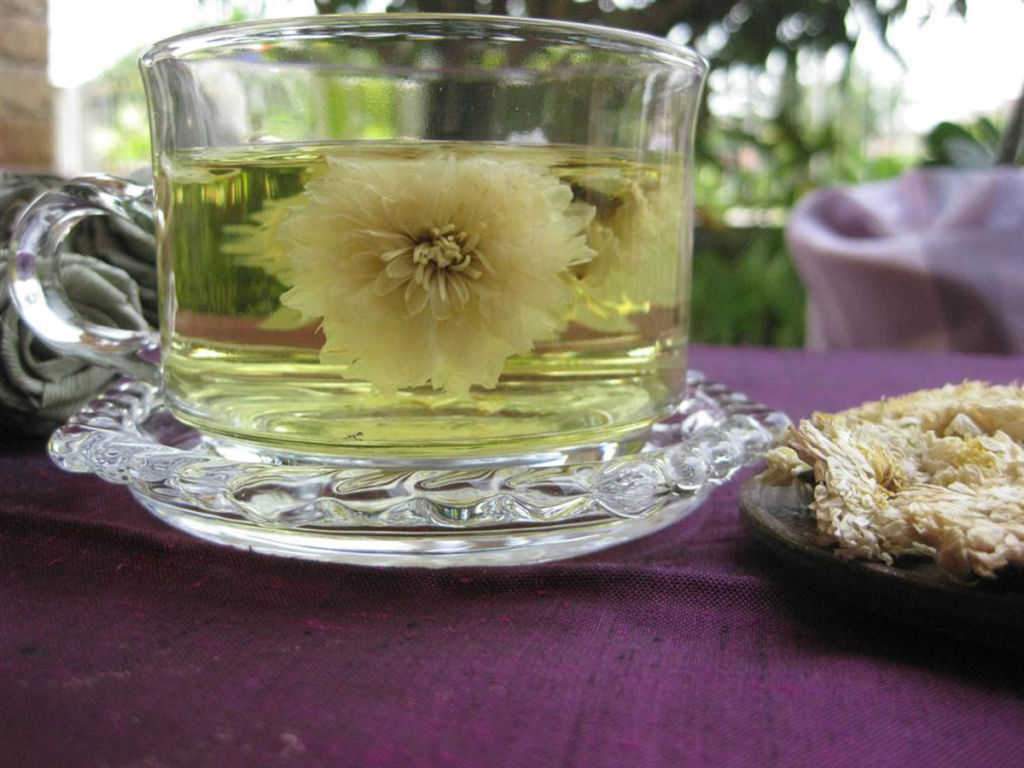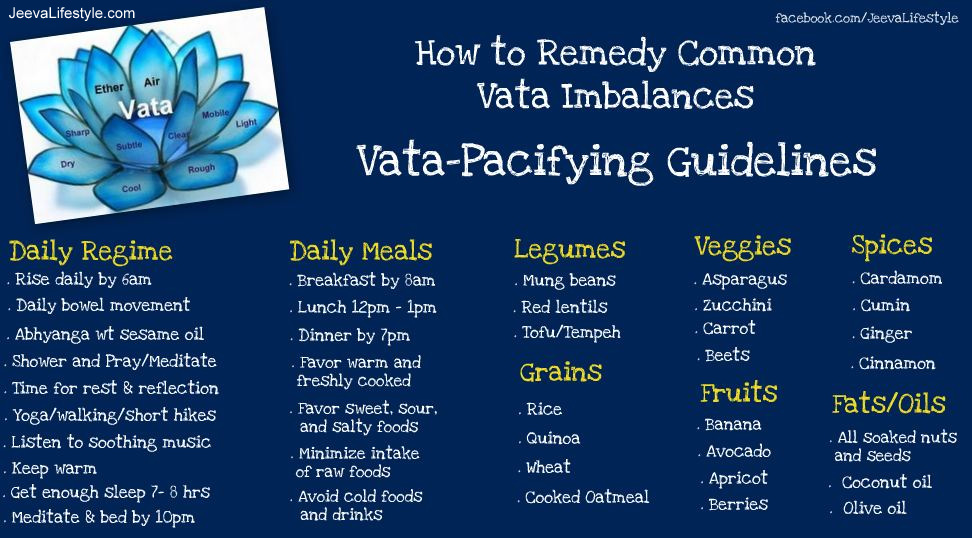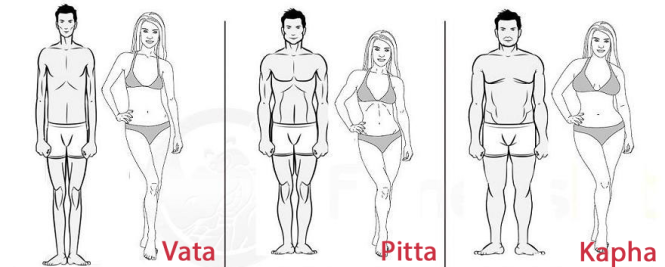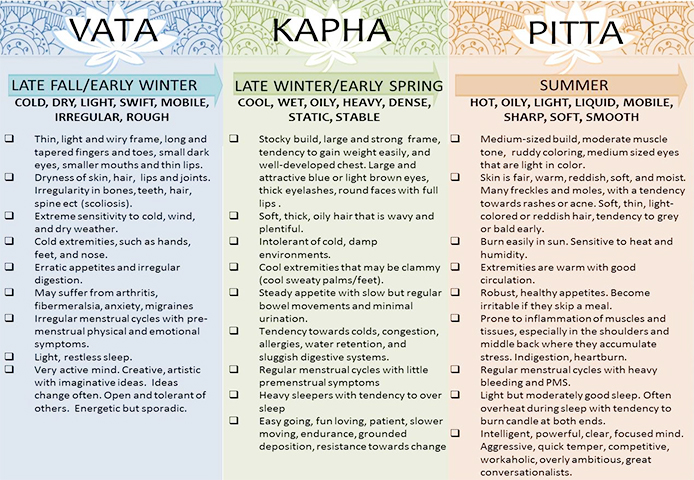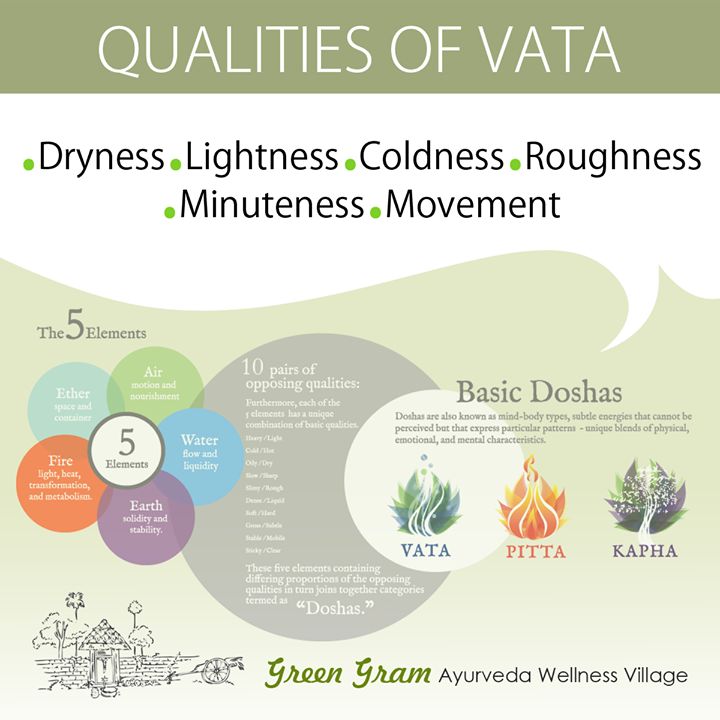Eye Longevity, exercises, videos, facts
Eye Longevity, exercises, videos, facts
 Wishing you all the health, happiness and ideal wealth you deserve. We are sending you much gratitude for all the support and likes, they are well appreciated by all of us we dedicate many hours of work to bring you the top content, thank you and please share and like if you do.
Wishing you all the health, happiness and ideal wealth you deserve. We are sending you much gratitude for all the support and likes, they are well appreciated by all of us we dedicate many hours of work to bring you the top content, thank you and please share and like if you do.
Here on week 328 are sharing a post about eyes, I had a challenge that lasted almost two years and came to find that I only needed a small amount of my dedication and some healthy research and it was over. If the question here is what is this Post has to do with beauty? well very simple if our eyes are not healthy we won’t be looking very beautiful correct? For me, it is important to give the eyes their full value and be aware of how they are built, what they do and how to keep them healthy and without the aid of glasses which I still don’t need. For a while, I was very concerned that my ability to see and work with my eyes as consistently as I do. It was in a period of challenge that this privilege was out of my control, not my favorite feeling, with that being said, I started my research and came up with a system that really worked and here I am sharing it with all of you, for some reason we humans tend to wait until is a big challenge to take charge and pay attention to some of these big gifts that we shouldn’t take for granted, so here I would like to offer you the choice to prevent any of these issues, and have healthy eyes ! Enjoy.
https://youtu.be/itfuva1xgEg
The Eyes are the doorways to the soul
Eyes have for very long been referred to as the “Windows of the Soul.” But few people are aware of just how true this observation is. The accurate analysis of the iris structure and pigmentation provides information about your inner state of health that is hard to find through other methods. This is higher value information is so valuable that Iridology deserves to become a widely practiced assessment tool in both the physical and psychological health fields because it has the capacity to assess both. There is a multitude of challenges that influence our health and personality, and many of these factors are reflected in the iris. If you look closely at your eyes in a mirror, and then at the irises of those around you. You will see so many different patterns of iris fibers and colors. Like fingerprints or faces, no two are exactly alike and is the same with our inner and outer stats we are individuals! The iris structure is so very unique; that is now being used for security identification at ATM machines and airports, and other forms of Governmental security systems. Microsoft’s house gearing up for the future will use an eye scanner to identify residents and unlock their home door.
They are connected to the entire nervous system, which gives them special importance. In Taoism, the eyes are regarded as the yang energy that guides all the chi flow in our body. The different areas of the eyes correspond to different organs of the body consequently they reveal the health of your entire body: through your eyes, you can tell which organs are weak or have challenges. Nowadays people use their eyes much more than in the past to read, watch television, and work with computers, and other electronic devices. This strains them a great deal and allows much of the energy of the connected organs to be drained out. Massaging the eyes will reenergize the vital organs.
How do children inherit eye color? Can a child’s eye color be predicted? Why are albino’s eyes pink? How can two brown-eyed parents produce a blue-eyed child? Why are my eyes a darker blue than my siblings? How are the colors in the iris formed? These are questions one may have wondered from time to time. The answer to all of these questions lies in the genes inherited from one’s parents.
Different eye colors are produced because of the different amounts and patterns of pigment in the iris. The amount of pigment and the pattern of the pigment is determined by a person’s genetic makeup. The DNA received from one’s parents determines what color eyes they will have.
Each human has 46 chromosomes located in the nucleus of the cell. These are divided into 23 pairs of chromosomes. A baby inherits one chromosome from each parent in each pair of chromosomes. A piece of DNA on a chromosome is called a gene. Genes are the basic unit of heredity, they determine many characteristics of a baby. Genes also come in pairs. Alleles are found in genes and determine the appearance of any characteristic. There are two alleles for each trait inherited. If the two alleles are the same then they are homozygous for that gene. If the alleles are different, then they are called heterozygous. One allele is expressed over the other allele. This is called the dominant allele, the unexpressed allele is called recessive. For example, if there was a brown allele and a blue allele, the brown is dominant so the person would have brown eyes. But not just one pair of genes can control a single trait. Right now there are three known gene pairs that control eye color. The bey 2 gene on chromosome 15 contains a brown and blue allele. Also on chromosome 15, the bey 1 gene is the central brown gene. On chromosome pair 19 the gey gene contains a green allele and a blue allele.
A green allele is dominant over a blue allele, and a brown allele is dominant over both green and blue alleles. For the bey 2 genes if a person has a brown allele then they will have brown eyes. In the gey gene, the green allele is dominant over the blue allele, but it is still recessive next to a brown allele. For example, if a person has a brown allele on chromosome 15, but all the other alleles are blue or green, they will have brown eyes. A green-eyed person would have a green allele on chromosome 19 and all or some other blue alleles. Blue eyes are produced only with two blue eye genes. All four alleles must be blue to produce a blue-eyed person.
Another way of predicting the color of a child’s eyes is to use the parent’s eye color genes. If both parents have a blue and brown gene, their eyes are brown, but if the child inherits the blue gene from each parent then the child will have blue eyes. If the child only inherits one blue gene then they will have brown eyes. The genetics determine what color a child will have, but how exactly does this color form in the eye?
Melanin, a pigment also found in the skin, is the substance that produces the eye colors specified by the genes. The amount and placement of the melanin produce the different eye colors that we see. Melanin is a dark brown pigment that is placed in the iris. The more melanin used in the iris means the darker the eye color will appear, the less melanin used means that the eye color will be lighter. The genes tell the enzymes how much melanin to deposit in the iris. A newborn’s eyes appear blue but may darken over the next few years. Melanin production has not begun at the time of birth. A child’s true eye color cannot be determined until the age of three.
There are two layers to the iris, the anterior and the external, or front and back layers. To produce blue eyes, there is no pigment found in the front layer. The brown pigment melanin is deposited in the back layer only. It appears blue because of the reflection and diffraction of light. In green eyes, a small amount of melanin is deposited in the front layer of the iris along with the melanin found in the back layer. The additional pigment to the amount needed for blue eyes, causes the eye to appear green. To produce grey eyes, the dark pigment is distributed in the front layer of the iris and over the blue background, it appears grey. In brown eyes, there is so much pigment in the front layer, that the blue behind is completely covered up. Some people have so much pigment in the front layer that their eyes appear very dark brown or black. Hazel, blue-green, grey-blue eye colours are produced by different amounts of pigmentation and the pattern in which the pigment is placed. Albino eyes have no pigment at all in either layer of the iris. The iris appears pink or red because of the reflection of blood vessels in the back of the eye. The pattern in which the pigment is deposited is also determined by genetics. The pigment may be deposited in rings, clouds, radial stripes, or spread over the entire iris.
A person’s eye colour is determined by the genes inherited from their parents. The types of alleles received from the parents are assigned to certain chromosomes. The dominant genes are expressed and the recessive genes are hidden. In the development of the iris, those genes tell enzymes to produce and place a certain amount of melanin in the iris to form the eye color.
Performing Eye Massage
According to Taoist Master Mantak Chia
Begin with the procedure for bringing energy to the hands and face. When your hands and face are hot, direct the chi to both eyes until you feel them filled with energy.
1. Close your eyes. Use your fingertips to gently massage your eyeballs through your closed eyelids, six to nine times clockwise then six to nine times counterclockwise. Then gently massage the area around the lids the same number of times. Be aware of painful spots and massage those places until the pain goes away. pay special attention to the inner and outer corners of the eyes. Massaging these points of the Gallbladder meridian will relieve eye ailments. However, when rubbing near the corners of the eyes, do not rub too hard, because you can make the corners of the eyes droop down. finish with rubbing the corners of the eyes upward.
2. Pull up the eyelids to increase the fluid. Use the thumb and index finger to gently pinch and pull up the eyelids, then release them. Do this six times.
3.Massage the eye sockets by bending your index fingers and using the lower section to rub the upper and lower bones of the eye sockets six to nine times
4. The next step is to get a tear out of your eyes, which will strengthen them. Hold an index finger up about eight inches from your eyes (or put a dot on the wall five to six feet away from you). Stare at it intently without blinking until you feel like a fire is burning in your eyes The Taoists believe that this technique burns the toxins out of the body through the eyes.
5. Bring Chi to your eyes by rubbing your hands until they are warm, then closing your eyes and covering your eye sockets with your palms. Feel the chi from the hands being absorbed into the eyes. Rotate your eyes six to nine times, first in a clockwise direction, then counterclockwise.
Eye Exercises for Relaxation
I read from an eye doctor, Dr. Bates, who over 90 years ago contributed many natural ways to improve eyesight and was famous for getting rid of his patients’ glasses in a minute when in his office so they would no longer wear them. I’m sure the glasses smashing was not very well received and didn’t increase his popularity, but many patients flocked to him with the hope of avoiding glasses and he was quite sure that with proper exercise and relaxation, eyesight could improve in many cases.
The theory that he based this fact came from the idea that the muscles that surround the eye can become unbalanced and cause strain or even pull the eye to one side or another, leading to vision issues. Modern ophthalmologists argue with this idea, saying that it is the rods and cones in the eye that determine vision problems and that muscle tightness does not affect vision, even do they absolutely confirm the fact that is evidence that relaxation practices CAN help since increased use of with electronics screens is taxing to the eyes and does cause strain, a bit of contradiction wouldn’t you say?.
Here are some examples of eye strains:
- Reading for long periods of time, especially small print and low light
- Not enough exposure to natural light
- Tension or strain of the eyes too much worries, stress
- Long amounts of time spent looking at close up print versus looking at a distance
- Looking at digital device screens
- Reading without pausing to rest your eyes
- Driving long distances and engaging in activities involving extended focus
- Being exposed to bright light or glare ( Phone, Tablets, too much TV, computers, etc)
- Straining to see in very dim light
- Having an underlying eye problem, such as dry eyes or uncorrected vision (refractive error)
- Being stressed or fatigued as a way of life
- Exposure to dry moving air from a fan, heating or air-conditioning system, not enough time in nature with natural light and fresh air.
The extended use of computers and other digital devices is one of the most common causes of eyestrain ( Mayo Clinic research). The American Optometric Association calls this computer vision syndrome or digital eye-strain. People who look at screens two or more hours in a row every day are at the greatest risk of contracting this condition.
Long periods of computer use strains eyes more than reading print material because people tend to:
- Blink less while using computers (blinking is found to be key to moistening the eyes)
- The fact of viewing digital screens at less-than-ideal distances or angles with most like it not many breaks to focus on far viewing.
- Use devices that have glare or reflection and no screen protection against it.
- The Use of devices with poor contrast between the text and the background.
The eyes have many muscles that we typically do not exercise very much. This causes them to become weak, contributing to poor eyesight. In addition, the eyes are closely connected with certain organs and nerves. Exercising the eyeballs not only is the best exercise for the eye muscles but also will exercise these linked areas by putting pressure on them: Contracting the middle of the eyeballs strengthens the back of the eye muscles and the inner ear. Moving the eyeballs upward by looking toward the crown strengthens the upper eye muscles and stimulates the pituitary and pineal glands. Moving the eyeballs from side to side strengthens the side-eye muscles as well as the ear canals, eardrums, tear ducts, and nose. Moving the eyes downward strengthens the lower eye muscles as well as the lower parts of the ear canals and the nervous system.
Chrysanthemum Tea
The chrysanthemum has long been used in traditional Chinese medicine (TCM) for eye care. The flower is beneficial for correcting imbalances in kidney and liver function that is a cause of dry eyes, blurred vision, dizziness, spots in front of the eyes and excessive tearing.
A warm infusion of chrysanthemum flowers may be helpful in relieving eyestrain, blurry vision, dry eyes and any eye issues in general. In addition, it is thought to help prevent and possibly reverse cataracts, according to the “The Green Pharmacy Herbal Handbook.” You can drink the tea or apply hot compresses for relief from aching, tired eyes. If you have the actual chrysanthemum blossoms, soak them in hot water for a few minutes and make a poultice by placing them between two pieces of gauze. Place a poultice on each eyelid and relax for 10 minutes for relief from eye pain. Speak to your herbalist or practitioner before using chrysanthemum for eye treatments.
Drinking Chrysanthemum tea can:
1. Detoxifies the blood, helps with sinus congestion and regulates high blood pressure. It can also help to calm the nerves.
2. Restrains the growth of bacteria – like Staphylococcus aureus, Streptococcus hemolyticus B, Pseudomonas aeruginosa, Shigella dysenteriae, tubercle bacillus, and dermatomycosis – in the body.
3. Brings relief against influenza and treats heatstroke, due to its cooling effect.
4. Facilitates digestion and apt after having greasy and oily foods.
5. It helps to strengthen the lungs and relieve head congestion.
6. Improve vision and hearing and especially recommended for those who work long hours in front of a computer.
7. Good for obese people, as it contains zero calories when consumed without adding sugar or honey. It also doesn’t contain any caffeine.
8. It also treats dizziness and acts as a stimulant.
9. It helps to cure pimples and fight acne.
Eye supplements
Lutein is an antioxidant carotenoid a pigmented nutrient that is responsible for the yellow colors of fruits and vegetables and is present in the highest quantities of dark, leafy green vegetables. You’re born with a certain amount of lutein in your eye, but your body doesn’t reproduce it.
Why is lutein important to my sight?
The macula is the region of the retina responsible for central vision. It’s also the area that is most sensitive to blue light, the part of the visible light spectrum that, along with ultraviolet light, can damage your eyes. Lutein helps protect against this damage by filtering blue light before it can damage the macula.* If sunglasses are the first line of defense against blue light, lutein is the last.
How much lutein do I need?
Without adequate consumption, the amount of lutein in the eye may deplete with age. Leading doctors recommend you get at least 6 mg of lutein per day to help maintain proper eye health. Since your body doesn’t make lutein, you must constantly replace it with the foods you eat. Dark, leafy green vegetables like spinach or kale are especially good sources. But you’d have to eat over 2 bowls of raw spinach every day to get the recommended daily dose of 6 mg of lutein. Taking a multivitamin may help, but many multivitamins contain only a fraction of the recommended 6 mg of lutein. In fact, the leading multivitamin contains just .25 mg of lutein − a mere 4% of the recommended amount.
The Eyes: A direct extension of the liver
The eyes have been referred to by many cultures as ” The windows of the soul.” According to Chinese medical theory, the eyes are the gate of the liver and are controlled by the liver system. The eyes are the bridge between the liver and the outside world. They are an outward expression of the healthy state of the liver.
The healthy functioning of the liver allows the eyes to distinguish colors. A common clinical condition where this situation is most evident in the Western medical diagnosis of retinitis pigmentosa and color-blindness. In this circumstance color perception is not clearly distinguishable from the eyes, indicating poor liver function. When a person is experiencing any chronic and /or degenerative problem with the vision the liver is always involved on some level because in Chinese medicine “the liver opens into the eyes.”
Here is a tool you can use to help with eye massage
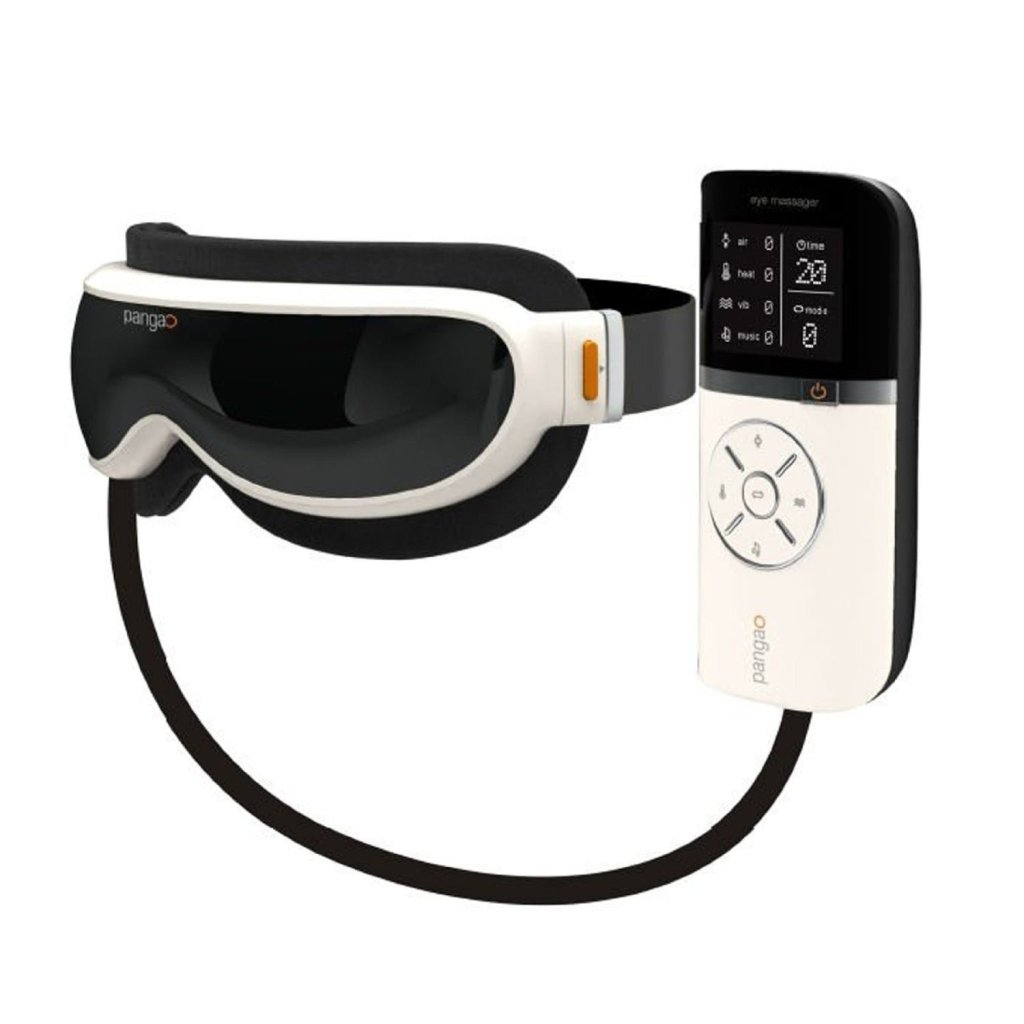
pangaO Eye Massager PG-2404G1 Air pressure massage Temple Acupressure + free gift
Enhance and maintain eye health
Eliminates computer eye syndrome
Fatigue elimination and sound sleep
SaveSave
SaveSave
SaveSave
SaveSave
SaveSave
SaveSave
SaveSave
SaveSave
SaveSave
SaveSave
SaveSave
SaveSave
SaveSave
